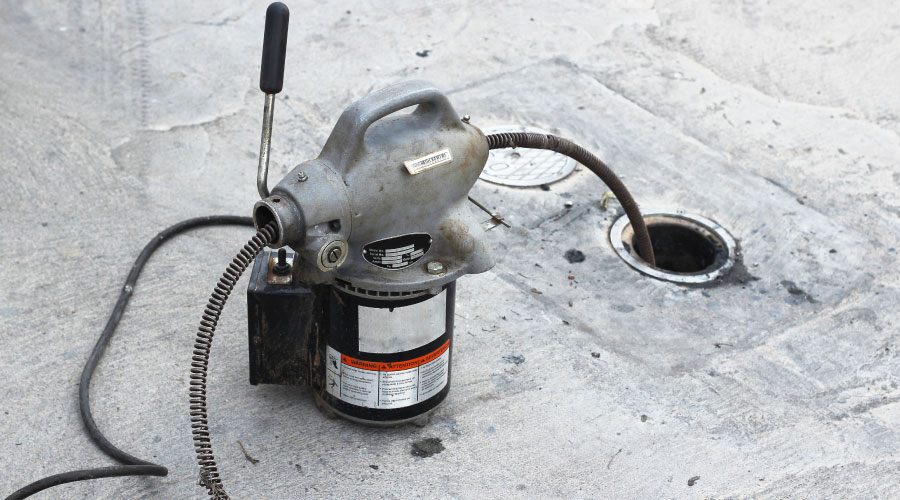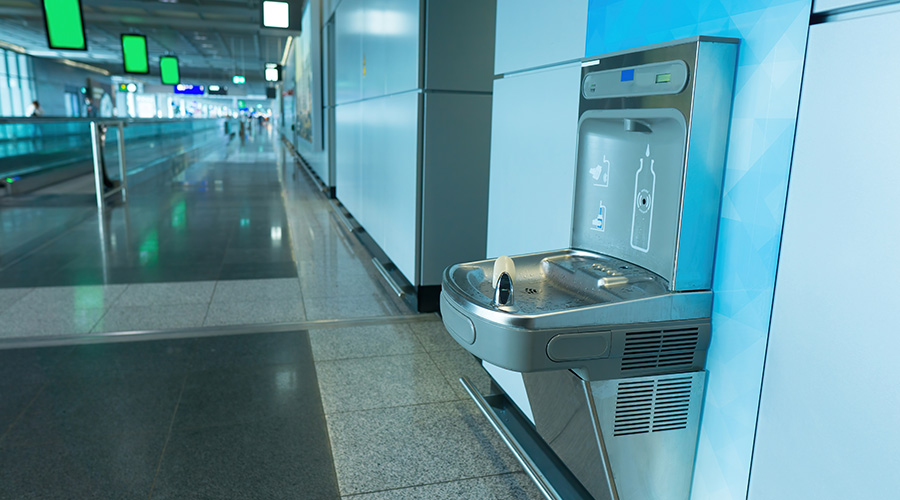Product Specification for Successful Plumbing Upgrades
Typically, the primary goal of a plumbing retrofit is to reduce a facility's overall water use, and a manager's product-specification decisions need to support that goal.
Many older facilities have toilets that use 3.5 gpf, which is an astounding volume when compared to today's HETs, which use just 1.28 gallons per flush. Urinals and lavatories with low rates of water use also are becoming standard.
Lavatory faucets that supply 0.5 gpm and HEUs that use 1 pint of water per flush are becoming more common in new construction. These flow rates are significant reductions from flow rates of 2.2 gpm for lavatories and 1 gpf for urinals mandated by the Energy Policy Act of 1992.
Low-flow shower heads, kitchen pre-rinse spray valves, dual-flush toilets, and waterless urinals also offer managers additional opportunities for savings.
Among the many challenges for managers specifying products for plumbing retrofits is ensuring a product's features and performance match a specific application. For example, low-flow hand-sink faucets with 0.5 gpm flow restrictions might not be best for applications in kitchens, automotive centers, or medical buildings, which require higher flow volumes to ensure optimum sanitation.
It also is important to remember that HET and HEU flush valves only work with fixtures designed for high-efficiency flushes. Adding a 1.28 gpf flush valve on a toilet bowl designed for 3.5 or even 1.6 gpf will result in poor flushing performance. Managers should be sure to use only combinations of valves and toilets or urinals that manufacturers have tested and approved.
Managers need to specify products for retrofits carefully and take into account post-installation maintenance. The latest water-saving fixture or device will be ineffective if technicians do not understand its operation and maintenance requirements.
Plumbing retrofits are a worthwhile effort that can make a difference to an organization's bottom line, as well as contribute to the sustainability goals related to water use. Similarly, hands-free fixtures and appliances can contribute to the health of building occupants and, ultimately, increase productivity.
Arron Cooper, P.E., LEED AP, is an associate with Henderson Engineers Inc. and director of the firm's Bentonville, Ark., office.
Related Topics:













